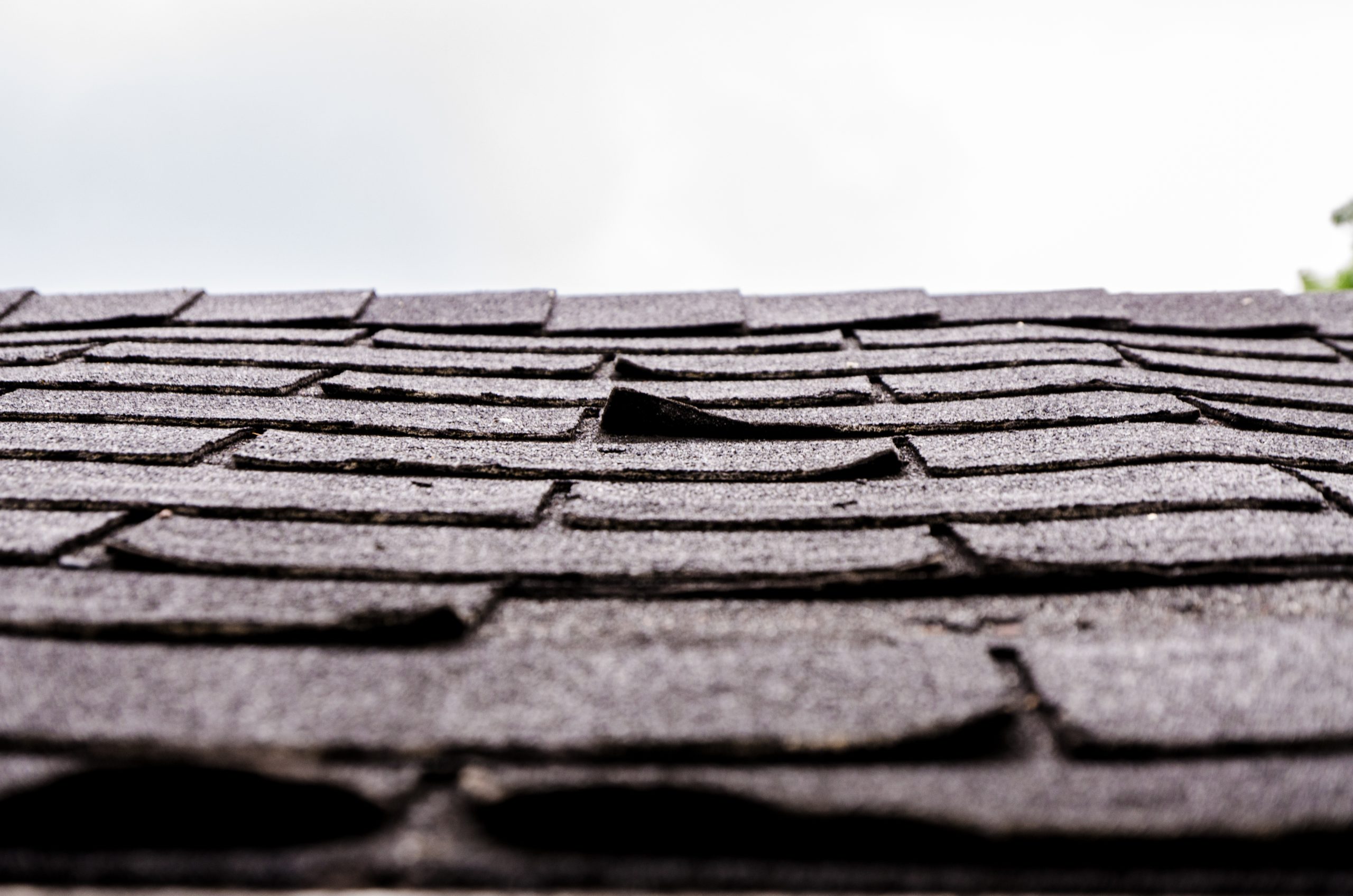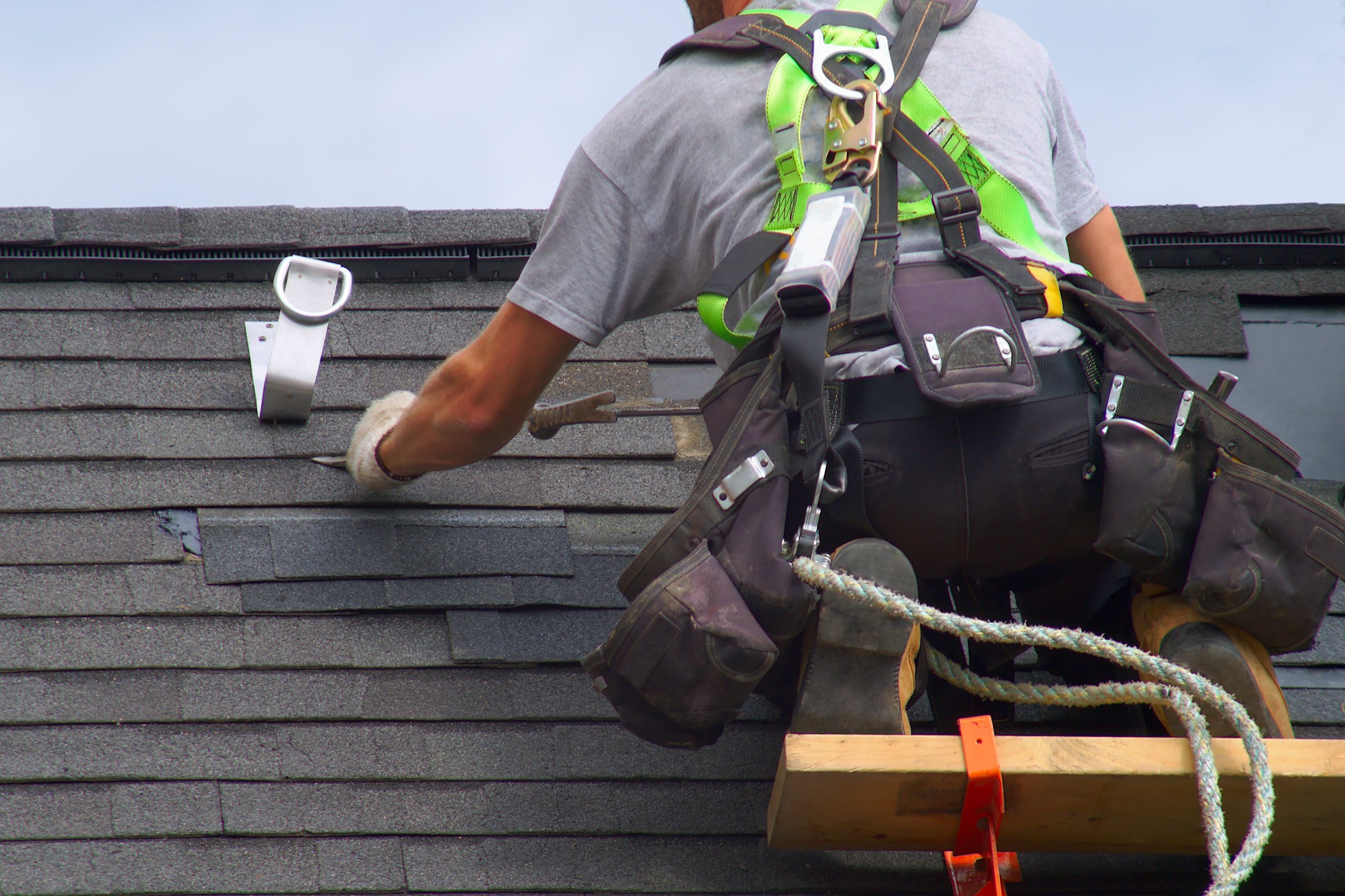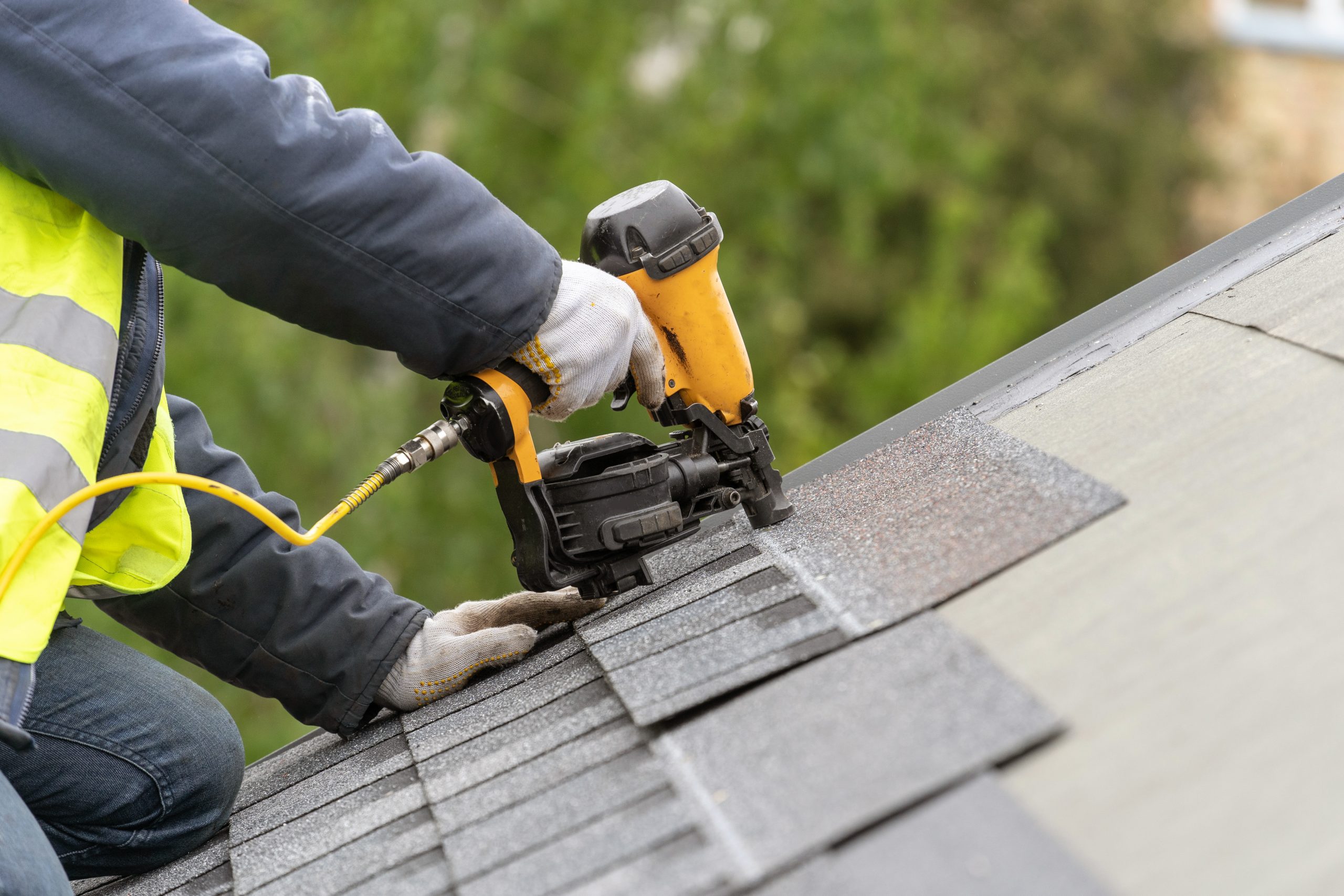Best time to replace a roof
- Published on March 20, 2024
- Revised on March 21, 2024
- 5 min read
Maxence Dauphinais-Pelletier
The roof is one of the most important structural elements in a house: it shelters a home from the elements and ensures its longevity. However, the roof does deteriorate over time and some work may need to be done. Signs that dictate when to replace a roof include persistent leaks, worn out materials, water stains on ceilings or it may simply be past its expected lifespan. By taking corrective action at the right time means you avoid experiencing even more serious damage and preserve your home’s structural integrity.
It’s important to recognize the signs that scream it’s time to replace the roof. Here we share the most revealing clues that should never be ignored. You can also consult our Everything About Roofing guide for more information.
If you spot water infiltration inside the house or in the attic, that’s your first clue there’s an issue with the roof. A variety of reasons may be the source of a leak, including cracks and snow accumulation. Water stains on ceilings or walls may indicate a persistent problem that requires your immediate attention.
Walk around the house outside and take a look at your roof. If you notice any missing or broken shingles, sagging areas or other damage, that could indicate it’s time to replace. Loose or damaged shingles are a telltale sign your roof is no longer in optimal condition.

Moisture from roof leaks can promote mould growth inside your home. If you detect its presence, that’s another way to confirm you have a roof problem. Check attic spaces and ceilings.
An examination of insulation materials located under the roof may reveal obvious signs of deterioration, compaction or dampness, indicating the need to take action.
If the insulation is indeed damaged, the next step is to inspect the roof itself. This will help to identify the underlying cause of the insulation issue so you can take corrective action – either targeted patches or a complete roof replacement. Reacting quickly will avoid a more serious issue arising and maintain your home’s energy efficiency.
Doing roof work during the winter invites its own share of challenges due to weather conditions, more so than during the warmer months. However, it’s still possible to get the work done right as long as you keep in mind that many factors will need to be considered:
Ask a professional before making the decision to get your roof redone during the winter. They’re in the best position to assess whether it’s a risky move or not. You should book a time during the warmer months whenever possible to guarantee optimal working conditions.

How often a roof should be redone depends on a number of factors, in particular the materials used, regular maintenance and local climate. As a general rule of thumb, a roof should be replaced every 25 years. However, this can vary widely based on the factors listed above.
It’s significant to note that these lifespans are average estimates only and may differ based on factors like maintenance, exposure to the elements and installation quality.
A roof has a limited lifespan. Err on the side of caution if your roof is getting up there in age, even if you don’t observe any noticeable signs of aging or damage. There could be an underlying issue causing a problem.

It’s recommended to get an expert to regularly inspect your roof to assess whether repairs or a total replacement is needed. If work does need to be done, a team of professional roofers is your best bet to get a new roof installed and avoid any nasty surprises.
Contact us at your earliest convenience if you’re ready to start a roof replacement project. We invite you to fill out our form in order to receive up to three quotes from qualified roofers in your area, or you can always call us at 1 888 948-1512 at no cost or obligation to you. You can also get the creative juices flowing by browsing Our roof projects.
Maxence Dauphinais-Pelletier sharpened his pen daily at La Tribune de Sherbrooke before gaining diverse experiences in real estate and renovation. As the owner of a century-old house, he always has a project brewing in his mind. If you can’t find him, he’s probably at the hardware store.
Creating a Sustainable Future with Green Roof Systems
Everything About Roofing
Blue Roofs: A Sustainable Choice
Roof replacement costs in 2024
Preparing Your Home for Winter: What to Check
Roof Inspection and Maintenance
Identifying and Preventing Building Envelope Problems
The Different Types of Roofing Materials
Flat Roofs: Which Material Should You Choose?
Proper Ventilation for a Healthy Roof










